I want to start by thanking my fellow Brooklyner and 35mmc contributor Scott Ferguson for inviting me to join him in a new twist on a “Five Frames” presentation where we take turns talking about five frames of each other’s work. The goal is to to have a free-wheeling conversation photographer to photographer focusing this time around on a selection of five incredible frames from Scott’s portfolio.
While Scott and I know — and, dare I say, admire — each other’s work from posting here, we’ve refrained from talking about the specific frames we will be discussing here until now. Thus, while I’m aware that the photos below come from a series Scott shot last year in the Canadian Rockies, I won’t be speculating about the kinds of details—cameras, film stocks, lenses, locations—that I might ordinarily obsess over, details that only Scott, as the photographer, is in a position to elucidate. My reflections will accordingly be less about process than impact.
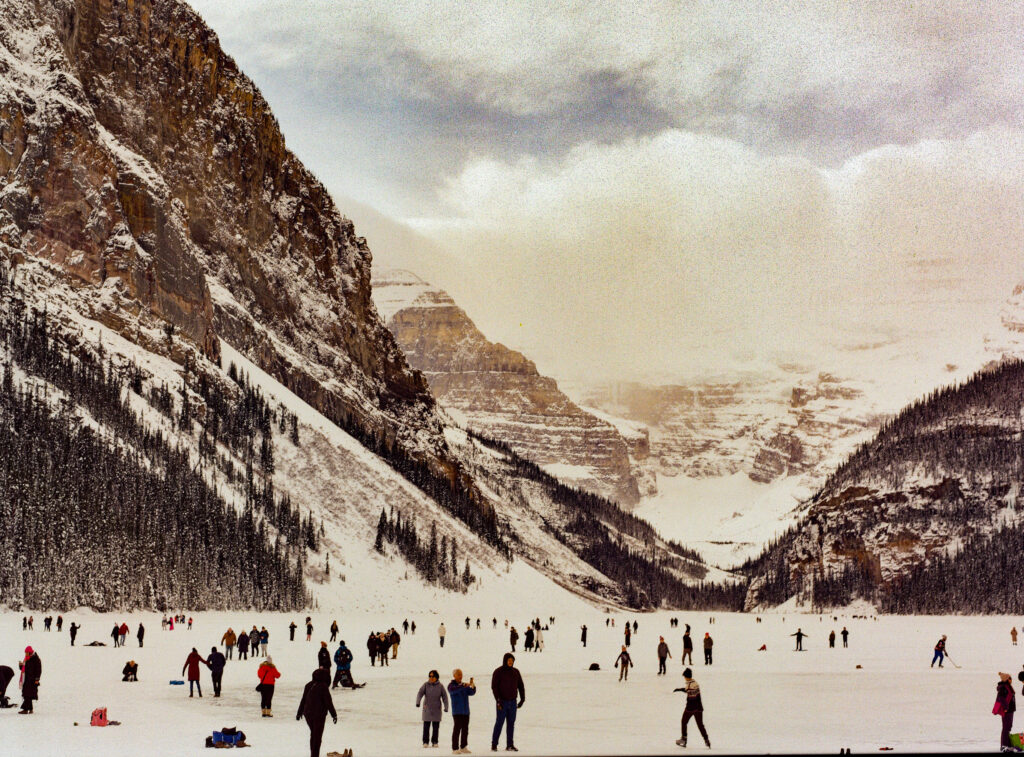
DAVID: On seeing this first frame, a shot of skaters and other assorted winter revelers in a flat snowy valley under encircling peaks, I damned near gasped. Even on my iPhone, the sense of scale—puny humans, vast mountains—resounded. The color, or lack of it, also impressed. Only on spotting several red jackets in the lower left corner did my mind register that the photo was not monochrome, a realization that led me a beat later to see the warmth that suffuses the frame, especially in the clouds. It’s subtle but undeniable, and to my eye brings a cast to the image that says film. For some reason this image brought to mind the ski-related photographs of society photographer Slim Aarons—not in the subject matter or attitude (there’s not a trace of elitism in your series)—but in the classic painting of color and light. More than any other photo in the set, this one for me seems to reside in a February that exists outside of time.
SCOTT: Thanks David, what a lovely response! But before I get into it, are we “Brooklyners” or “Brooklynites”? Have I been saying it wrong for all these years?
DAVID: My seventeen-year-old says both are acceptable, so breathe easy…
SCOTT: That works for me! (And hopefully the in-house 35mmc style guide…). Back to the photos—I LOVE the comparison to Slim Aarons, who I think is amazing and I definitely had him somewhere in the back of my mind when I was shooting these shots of people on the frozen surface of Lake Louise. I was looking at Slim’s photos from time to time over the last few years because I was doing a TV show about a very wealthy family that could often end up in the kinds of locations where Slim did his best work. I wanted some depth and perspective from above the surface of the lake, but not too far from the people. I found a spot on top of a low stone wall that runs along the lakeshore that got the Hasselblad’s lens eight or ten feet above the frozen lake. I thought that elevated angle echoed many of Slim’s iconic shots; I’m not sure if that perspective (looking down on them) says something about how Slim felt about the people he was shooting or not, but shooting high and wide worked incredibly well for his signature style of shooting. But my main inspiration for this series was trying to evoke Pieter Breughel’s 16th-century Dutch Renaissance paintings of skaters in Holland.
DAVID: Here it is, Winter Landscape with a Bird Trap, from 1565. I can definitely see the connection. (Just didn’t know they had ice skates in the 16th century …!).
SCOTT: Yes! That’s the one!
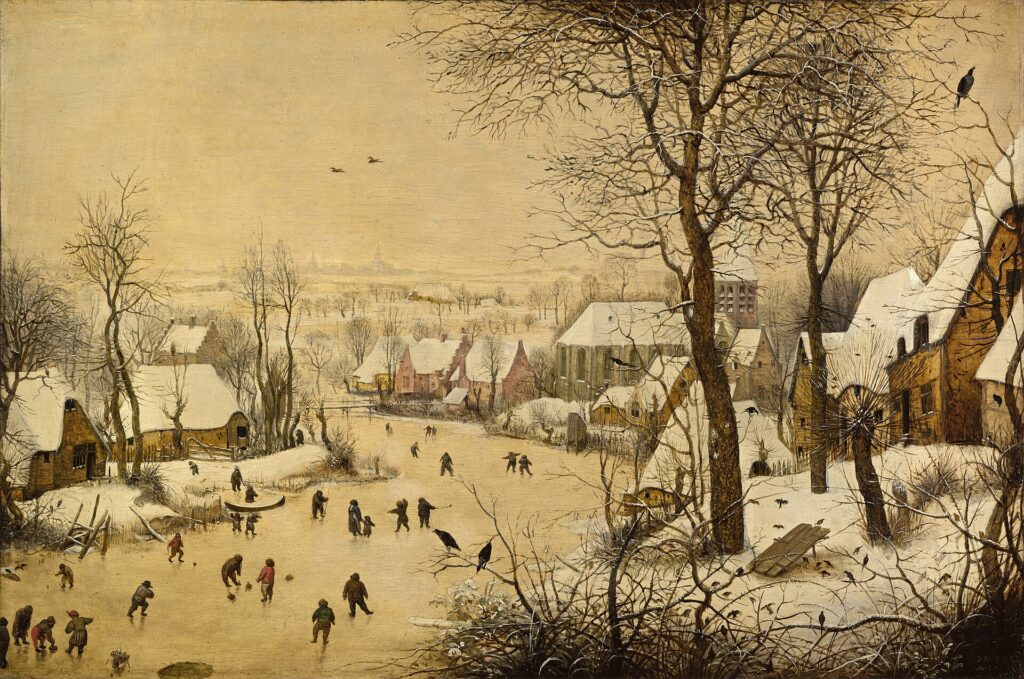
SCOTT: However I got there—and I’ll admit a bit of luck and alchemy may have played a larger role than talent and technique—I immediately fell in love with this shot when I saw the scan. I think it might be a candidate for a decent-sized print at some point.
DAVID: For sure. If the negative is medium format, which I assume it must be, you could get a fantastic print. What film stock did you use?
SCOTT: I shot this on my Hasselblad 500CM on Kodak Gold 200. I too find the subtlety of the color really interesting. Most people take a second to realize it’s actually a color photo, and the pops of red are what clue them in. I also think everyone finds photos from this series have “an out of time” feel, like they could be from many years ago. I suppose it’s a trick of the mind having to do with the wideness of the frame and the small size of the people—maybe in combination with the timelessness of the geology, which dominates the frame. I tried to do shots down on the ice much closer to people, but they were mostly kind of mundane compared to my attempts to channel Breughel. If you’re going to steal, steal from the best!
DAVID: Absolutely!
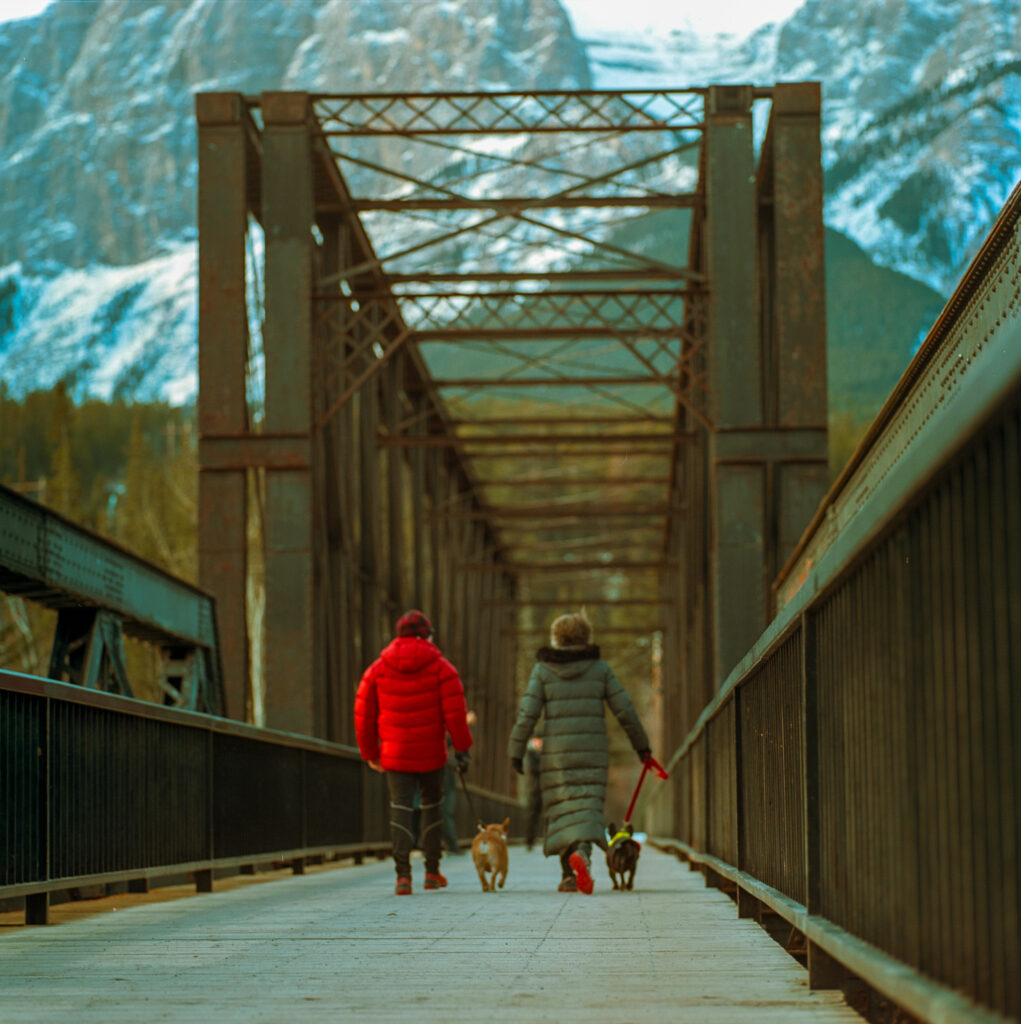
DAVID: In keeping with my roots in a town on the banks of the Ohio River, I have a thing for bridges, the older and rustier the better. This one—boring straight into a mountain—more than satisfies it. As with your previous photo the red parka adds drama, while the figures of the dog-walking couple in the middle distance domesticate the scene (the mountains loom but are less crushing than those in the previous frame). Once again the image feels fully analog to me, less in the way of still images from the 1960s and more in the manner of Technicolor movies produced not long before the dawn of digital (the spectacular landscapes of Robert Redford’s A River Runs Through It, featuring a very young Brad Pitt, come to mind). Given the more saturated colors, I’m assuming you might have used a different film stock, though perhaps the difference is just an effect of time of day or lessening in cloud cover.
SCOTT: Wow, I did a film with Philippe Rousselot who shot A River Runs Through It and am quite flattered to be mentioned in any way that compares to his brilliant cinematography.
This was shot with the Hasselblad on Portra 160—I like the allusion to Technicolor, as there is something very rich about the colors in this shot. It’s hard to look past that vivid red puff coat, but even the blue paint on the bridge feels rich against the rust as well the warm browns coming from the trees at the base of the mountain in the background. This shot has a very odd, unusual glow for something shot on an overcast day in December — it feels like the sun is about to break through the clouds at that moment. Again, alchemy and luck have more to do with that quality than talent, technique, or intention.
We were filming on that very scenic bridge in Canmore, a gorgeous mountain town about an hour from Calgary. I was lining up a different shot when the couple with the matching dogs passed me heading across the bridge. I knew it was a cool shot, but I had to hurry to swing and compose quickly before they got too small in the frame. I didn’t have the skills to focus on a quickly moving target like that so I did a very fast focus pull, eyeballing my best guess from the numbers on the lens barrel, and shot away hoping for the best. The people are a bit soft—you can see a section of the bridge that is sharper that is a few feet closer to camera. Because of that, I’ve been kind of slow to share this one. In my early days of shooting, I tended to avoid sharing any shots that had anything that felt like it wasn’t technically perfect, even if the shot itself had other strong virtues. I’ve been learning to overcome this—perhaps lowering my standards—but I do like the quality of the moment that has a slight whiff of whimsy with the dogs.
DAVID: I know that there is a wide range of opinions among photographers on the topic of sharpness. While I don’t often go out of my way to shoot with soft focus, I’m also far less obsessed with having my subjects be tack sharp than I once was (and to be realistic a bit of blur seems inevitable when one is shooting sixty-year-old manual focus cameras). I actually ended up selling a lens for my M3 that was just too perfect (a Zeiss ZM Biogon 35mm f2.8). It’s an amazing piece of glass but in my hands at least, produced results that were a bit too clinical for my liking.
SCOTT: Sixty-year-old cameras in the hands of sixty-plus-year-old shooters! I know what you mean, and I also do find that many of my favorite shots have other virtues that draw me to them besides clinical technical perfection.
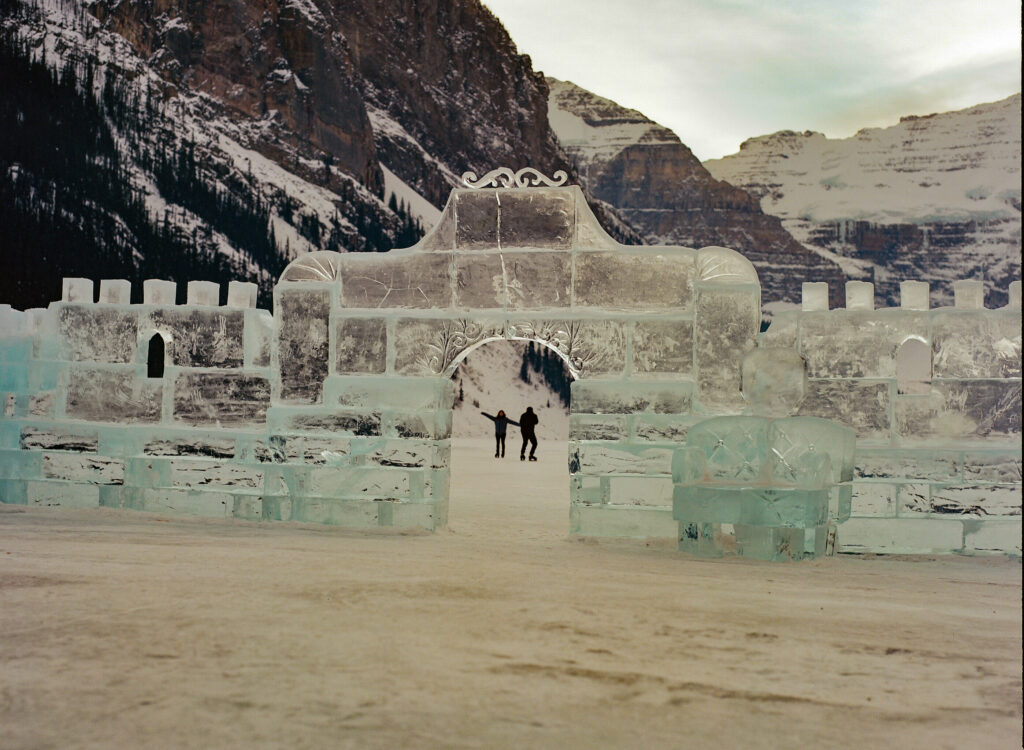
DAVID: Moving onto the next frame.
I don’t know what the heck this image is depicting—an ice folly, perhaps made by someone I ought to know about (my provincialism astounds)—but I like it. Your composition works well, especially the symmetry and the couple framed in the archway (they seem to be having a great time). The crenellations and Coke-bottle curlicues of this Crystal Palace bring to mind animated films I watched with my daughter as a child (I won’t demean it by saying Frozen, but the frame does have the vibe of segments of the peerless Nickelodeon TV series Avatar: The Last Airbender. In our house, we used to have that show on repeat… okay, maybe we still do). In its playfulness, this photo is yet a different portal into the mountainous Western landscape.
SCOTT: The Last Airbender is fantastic—we plowed through it as a family when Graham was around 10. It has an amazing tone that balances lightness and humor with action, peril, and high-stakes drama that isn’t easy to pull off—as the subsequent attempts to adapt that material to live action film and TV have proven.
And speaking of blending lightness and a bit of humor with grandeur and drama, that is the Ice Castle at Lake Louise, which is something they’ve been building there in the winter for at least 40 years. This year the original Ice Castle collapsed and they rebuilt the one I shot here. I had to go back and look at my Lightroom Library, but this was shot on the Hasselblad with a 645 back, and the stock is Ektar 100.
This was shot in late January on my last foray up into the Rockies as my project was winding down, and I hit some of my favorite spots, including Lake Louise, which is incredibly photogenic. While it’s justifiably famous for the aquamarine color of the waters—which you can’t see when it’s frozen solid—I now like shooting there more in the winter than in the other parts of the year when the only vantage point is the shoreline choked with people taking selfies. Being able to venture out on the ice and catch other people having fun is great and allows for more interesting compositions, I think.
I liked the moment I caught with the couple doing a joyful Last Airbender-ish posed photo framed by the door of the Ice Castle. Normally I try to get closer to the people when I’m trying to do ‘street’ shooting, but up in these grand landscapes, I think it’s interesting to shoot the people pretty small in the frame against the monumental landscape.
Confession: On the original negative there is a bit of branding for the major international hotel chain that built the Ice Castle and owns the luxury resort at Lake Louise. While I’m not particularly skilled at retouching, I did spend some time in Lightroom ‘erasing’ the logo, which felt like it took a bit from the magic and timelessness of the image. The hotel is very nice and I’d recommend it to anyone who wants to spend some time exploring Lake Louise, which is one of the iconic destinations in Canada, if not North America.
DAVID: Retouching has got to be as old as photography, so I’m not sure you need to confess! But it is true that with assists from A.I., re-engineering photos has become almost alarmingly easy. I recently removed a whole car from a 6×6 cm image I shot in Greece (it was mucking up my gorgeous sunset… A.I. removed it in a millisecond, but it remains forever on the negative. Maybe I should feel guilty?).
SCOTT: Your secret is safe with me. And Hamish. And anyone who reads 35mmc…
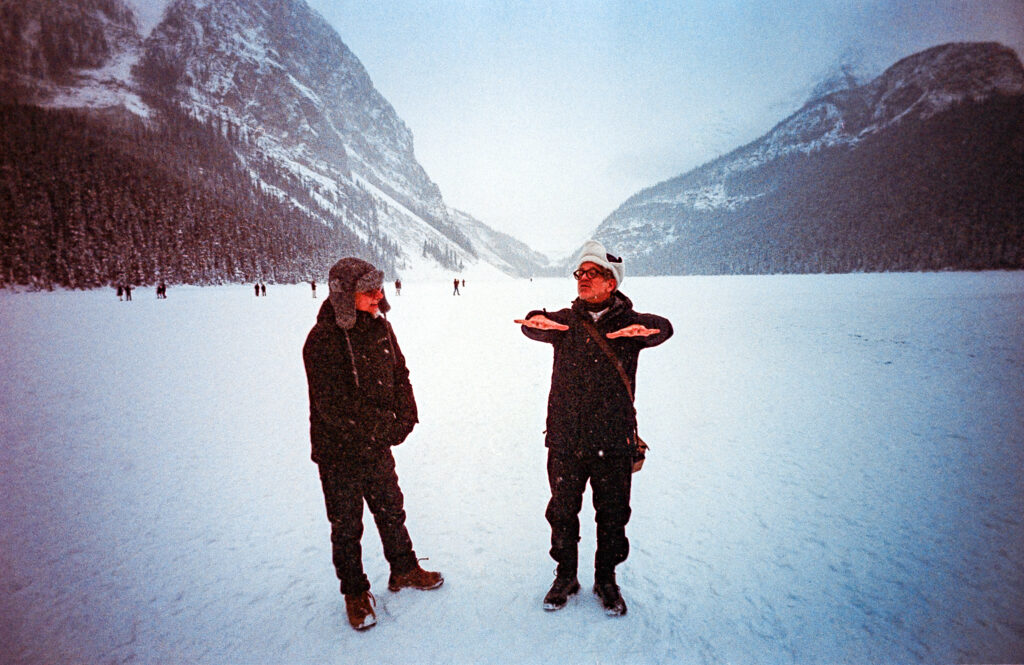
DAVID: More than any other photo in your series, this image gives me the sense of being out in the powder as snow falls. Some important information is being exchanged here—about weather, the thickness of the snowpack, how to flatten oneself in a drift in the event a Grizzly approaches. The right-hand figure’s decisive gesture makes me want to lean in and listen. (Perhaps, at long last, here’s a man who could teach me to ski.) In such a primordial landscape, this is not street photography exactly, but it’s not not street photography either. The vignetting here also heightens the focus on the two figures and nicely echoes the enclosing peaks.
SCOTT: This was shot in December, the same day as the “Brueghel” shot on the ice, and the day before the people on the trestle bridge in Canmore. A small group of us spent a lovely weekend at the Chateau Lake Louise before going to shoot some scenes in Canmore that Monday morning.
These are two of my favorite creative collaborators on the project. Tim, the 1st AD, is listening to Marc, the Cinematographer, say something interesting and maybe a bit funny while making an emphatic gesture. This was shot on the Leica M3 on Cinestill 400D. I’m not sure what caused the interesting vignetting. I wish I was better at recording the gear I’m using while I shoot, including information on lenses, filters, hoods, etc. I’m pretty sure I was shooting with a 50mm—I think the 1960 Summicron Dual Range, as opposed to the 21st Century Summilux. The shot has more of a vintage glass feel to me.
That was a pretty magic day for shooting and I spent most of the day on and around the lake taking turns with either the Leica or the Hasselblad. Just about everything I shot came out looking pretty great but very different, depending on the ever-shifting conditions and the ever-shifting choice of film stocks and gear. I love the sense of being midstream in an involved conversation. You can see how these guys like and respect each other and they made a great team on our show.
Marc, who came into cinematography from still photography, and I did some photo walking that afternoon sharing the Hasselblad with separate film backs. While we were out there we had a very interesting conversation that relates to the common theme of the photos you’ve chosen to write about, which are all essentially landscape photos with people in them. Marc was talking about trying to find bits of the landscape that were free of people to focus more on the grandeur of nature. My response was that I never let the presence of people in a shot I’m trying to line up stop me from shooting. People are part of nature too! Marc was intrigued (if only by the sheer nerdiness) when I mentioned my Breughel inspiration/aspiration and agreed that the people on the lake could make an interesting graphic element.
For me there is a definite risk/reward factor—adding people to a landscape shot can certainly mess up the frame in many different ways, but can also transform what is a nice “Pretty Picture” into something else, something we imbue with a little more meaning and emotion. And if I have an aspiration with my photography, it’s to convey meaning and emotion when I’m doing it right.
DAVID: I couldn’t agree more.
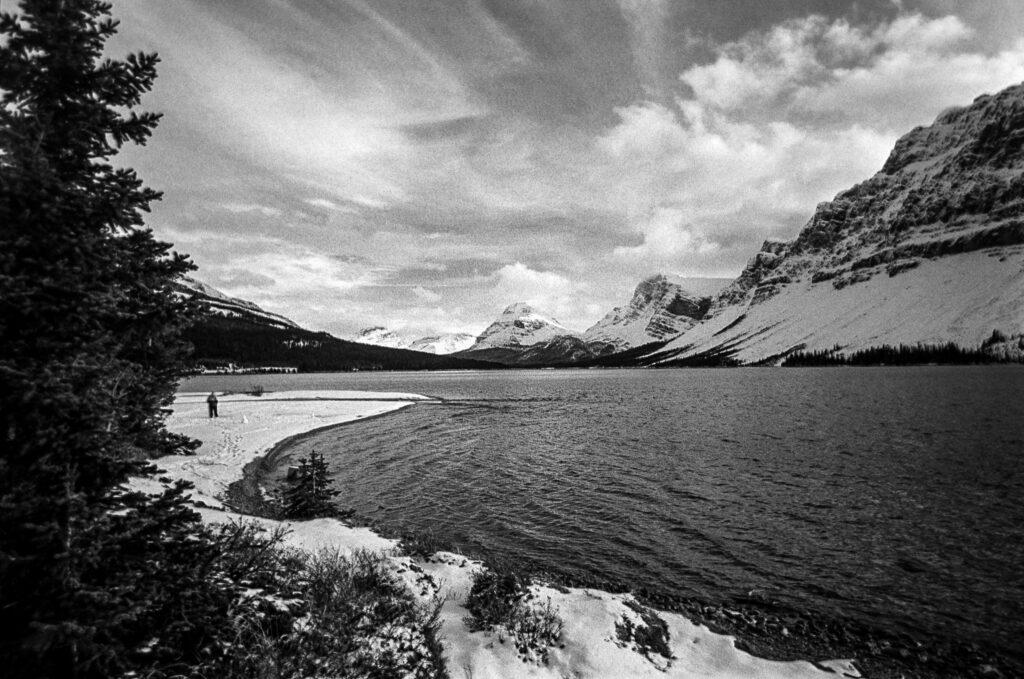
DAVID: This last photo, a monochrome shot taken alongside a body of water (rendered black by the use of a filter — red, I assume? — that also brings out cloud details) takes us from the specificity of the previous frames to a Platonic ideal of snowbound wilderness.
Rockies, Alps, Himalayas? A more seasoned voyager could easily parse such distinctions. For this city-dweller, however, the image speaks to something more abstract and, with each passing year, more precious: the essential belief in the permanence of wild spaces, of an eternal, wintry stillness set forever beyond human interference.
In conveying such a romantic idea (“nature” without humans has always been a fiction; knowing this, most “naturalists,” in the artistic sense, have also been conservationists), this last frame for me unites your series with the photos of other practitioners of the landscape genre—from William Henry Jackson and Thomas Hine to Ansel Adams, conservationists all. It also reminds me of why I love looking at such work. Even viewed on a smartphone screen, the best examples invite us to reflect on vistas that might otherwise seem familiar—but, owing to the photographer’s art—to see them afresh, as if on the first day. Your five frames here, Scott, deliver these goods—in spades.
SCOTT: I feel like there should be some music playing under your last comment! Even though I don’t know William Henry Jackson or Thomas Hine, I feel myself puffing up a bit just reading it. And of course, Ansel Adams looms as large as a mountain over the genre of landscape photography and is unavoidable as a source of inspiration in this kind of locale.
This is Bow Lake, about an hour north of Lake Louise, along the Icefields Parkway, one of the most scenic roads I’ve ever been on. This was on a family outing in November; you can see my son Graham very small in the frame on a small peninsula that is bisected by a little rivulet of meltwater.
Speaking of something that is precious related to winter in wild places, you can also see the Bow Lake Glacier just to the right of the center of the frame, a flat spot between two peaks. I was shooting with the M3 on HP Plus with a yellow filter using my favorite wide lens, a 1958 21mm Super Angulon. I liked the way the landscape and cloudscape were interacting in a very wide frame and love the interacting shapes made by the lake, the mountains, the trees and the clouds, along with the tiny figure of Graham center left on the snow. The Super Angulon is quite compact for a lens that wide, and conveniently uses the same 39mm filters as most of the M Mount lenses. I also love framing up with the external viewfinder and find myself using them more and more, even when I’m using a 50mm.
Graham was shooting with his Hasselblad and wandered onto that little rivulet to get an angle from the center of the stream, but then had a moment trying to figure out how to get back on ‘dry’ snow. I have a couple of shots of him stuck out there before he just bolted—perhaps those would make a good traditional Five Frames post someday, but I’m very pleased to hear your reactions to a favorite shot from the series, David!
DAVID: I’m glad Graham made it safe onto dry snow — and would love to see the photos of his escape!
I want to conclude today’s conversation by thanking you Scott for privilege of being able to talk about this wonderful set of photos. They’ve transported me from a sweltering summer day in Brooklyn to higher, cooler air. That may apply to my mental state as well…
One of the things I’ve enjoyed most about our collaboration over these two “5 Frames” installments, and about the 35mmc community in general, is the way it helps me “see through the lens” of other photographers and to expand my own vision in the process. I’m so glad that you invited me to be part of these conversations, and hope that readers find this whole venture worthwhile.
Thanks everyone for reading!
COVER IMAGE: CROSS COUNTRY SKIERS ON BOW LAKE, Scott Ferguson, 2025, Hasselblad 500CM, Zeiss Sonnar 150mm f4, Kodak Ektar 100
Share this post:
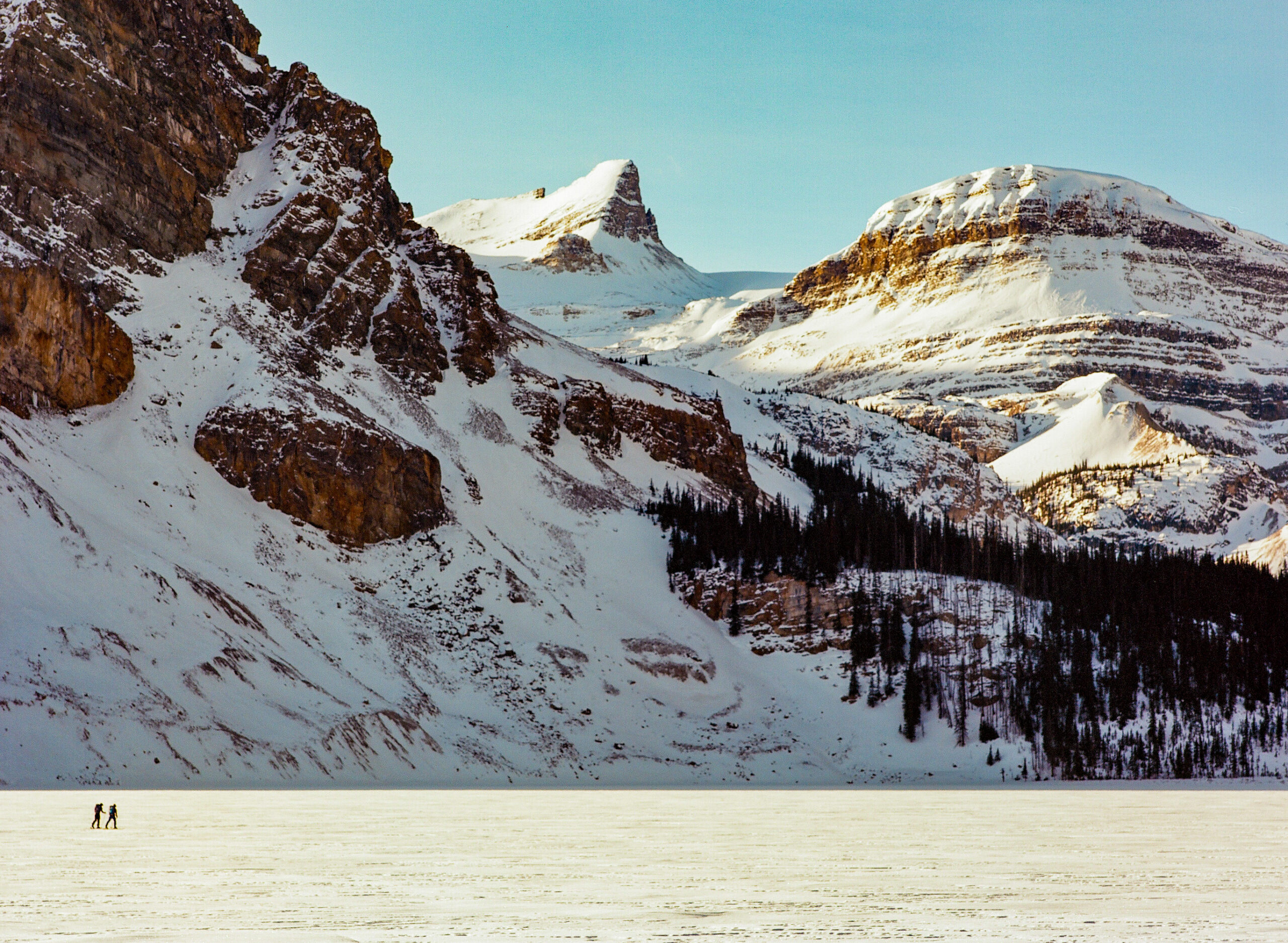
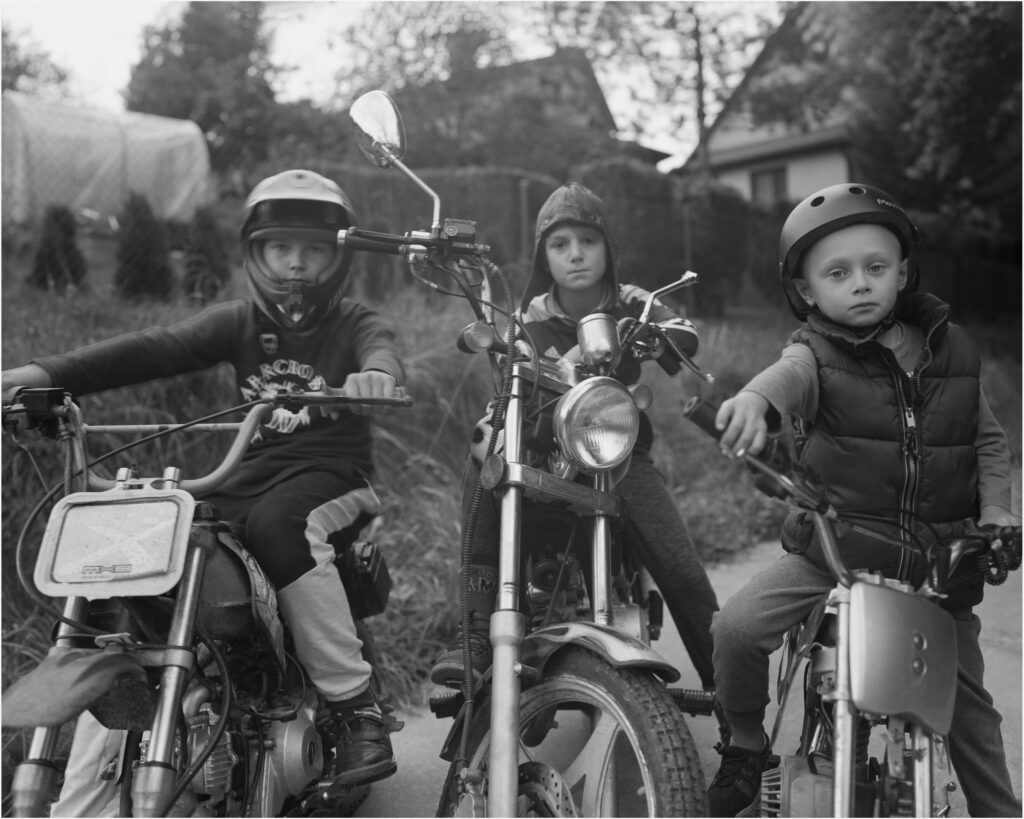
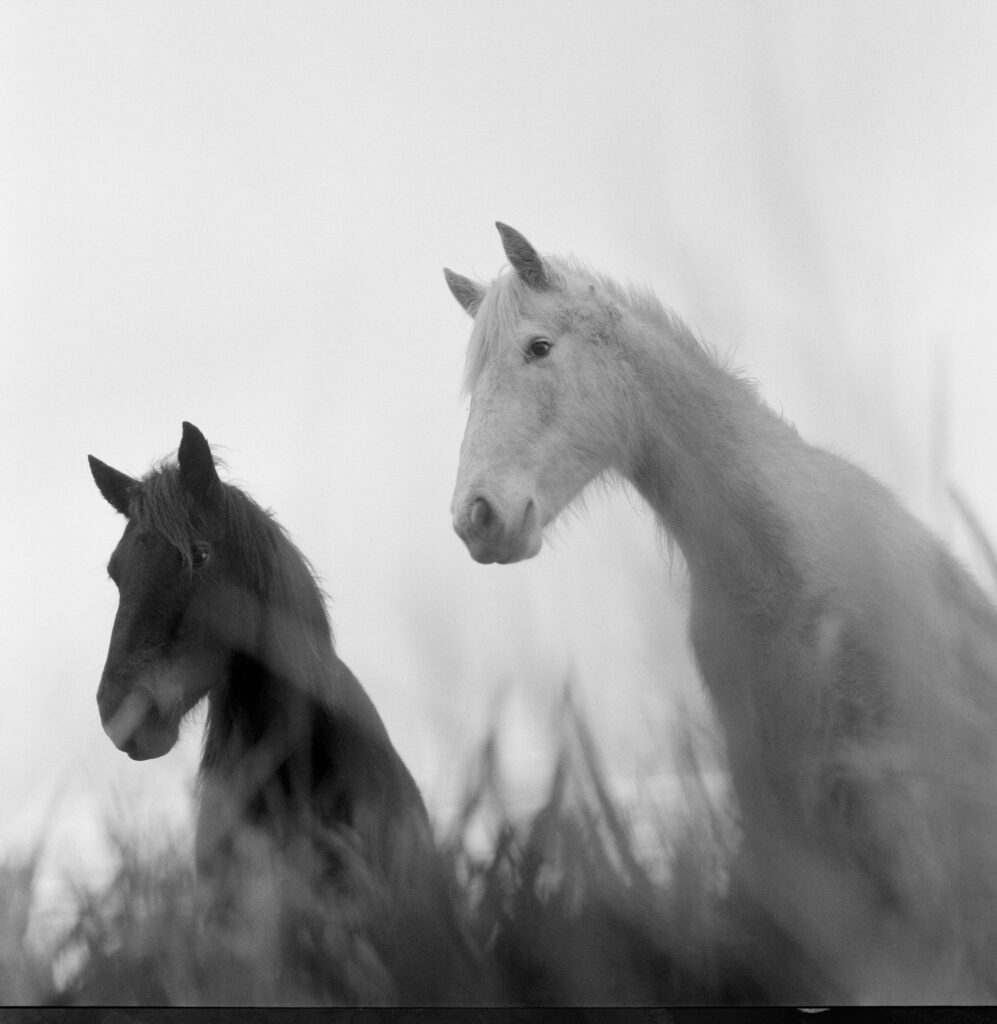
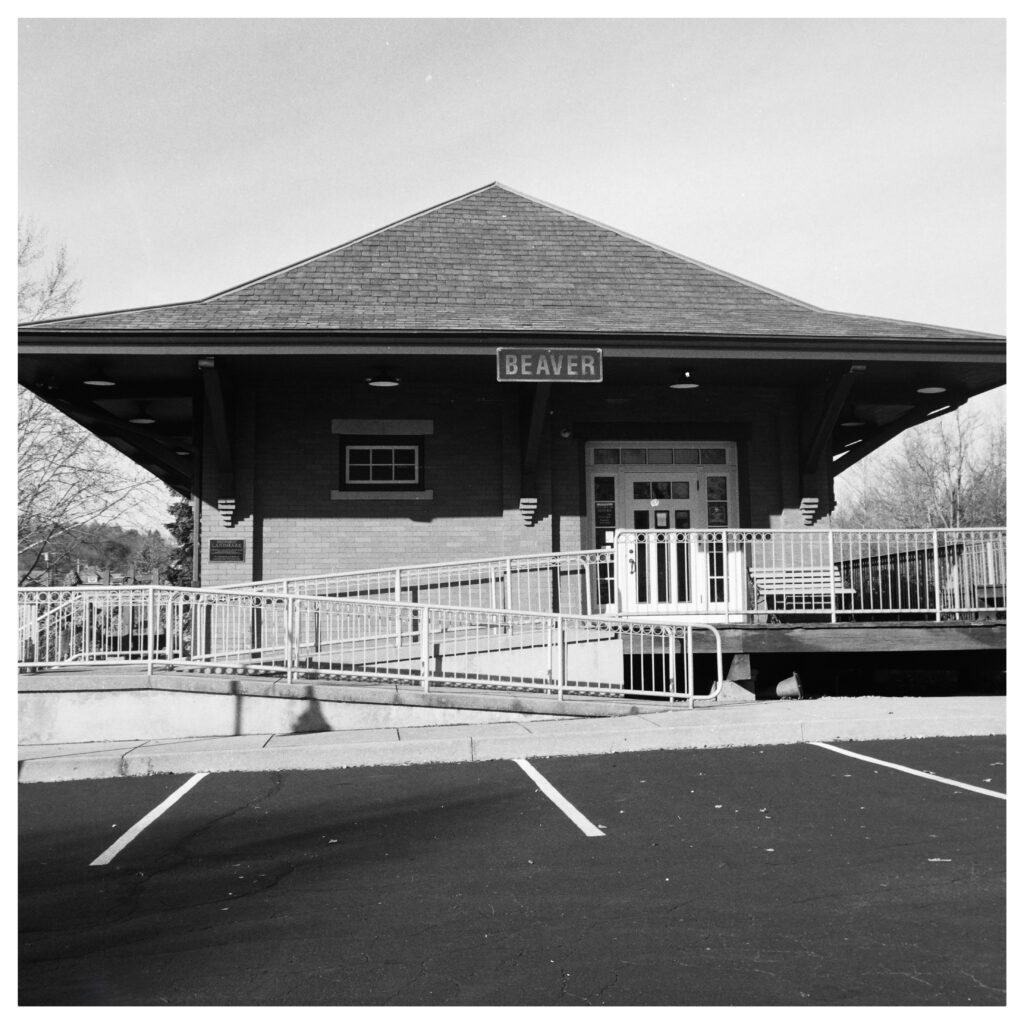
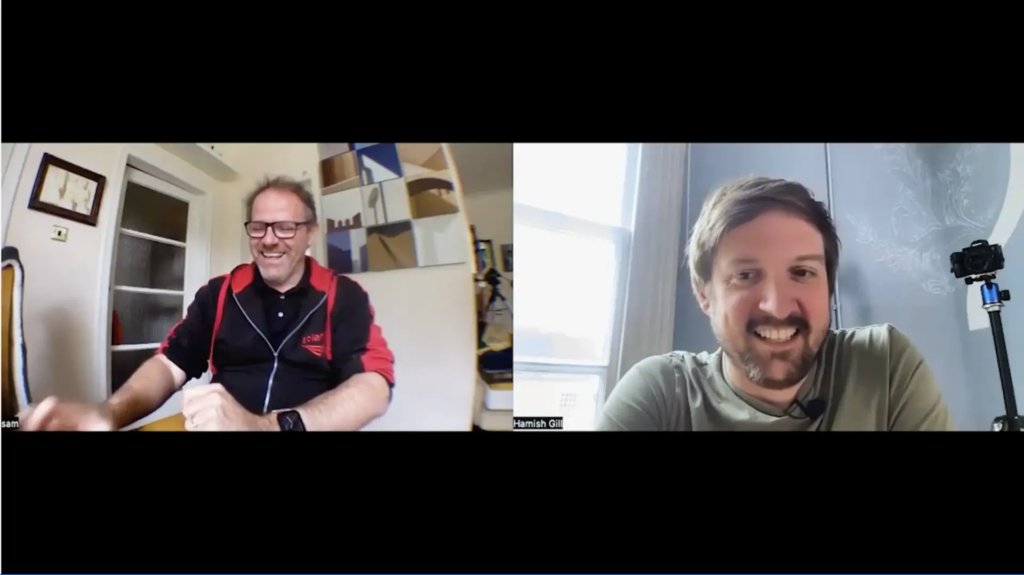
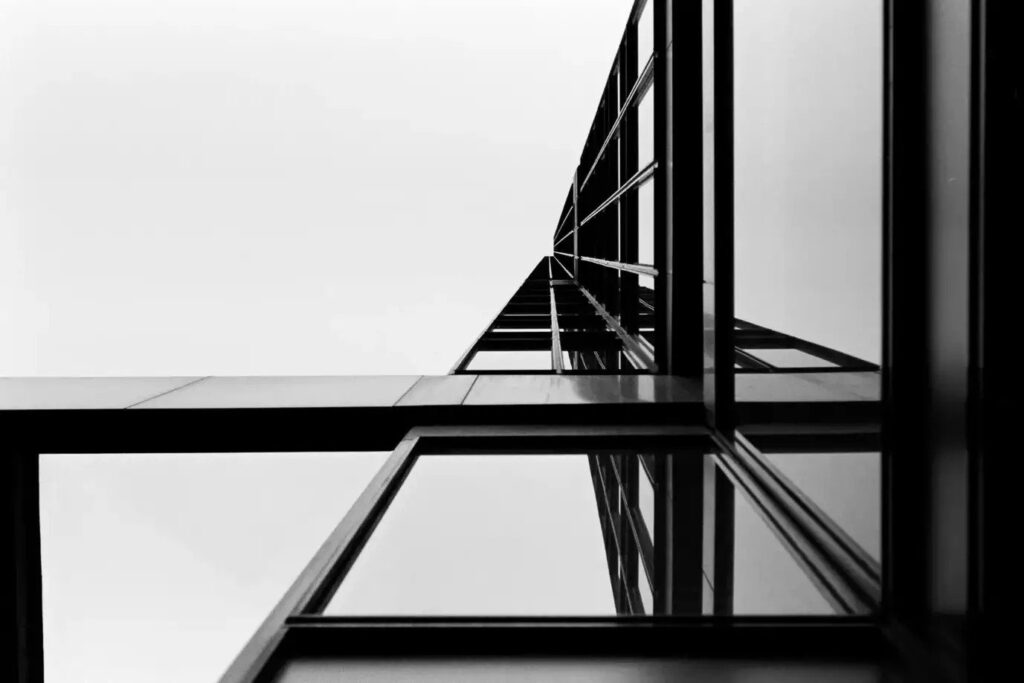


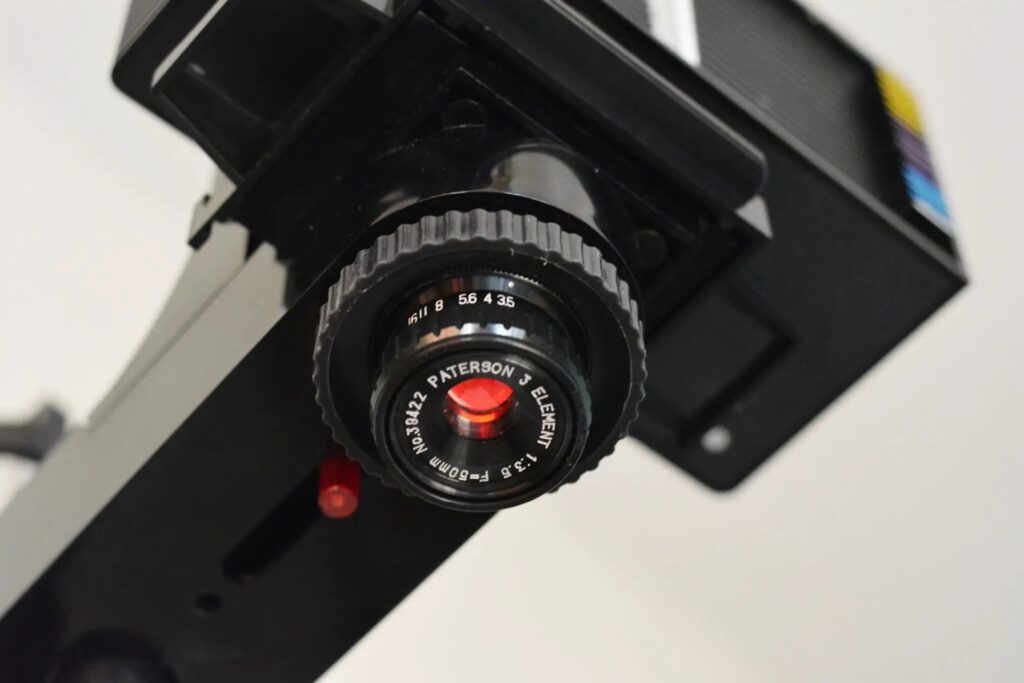
Comments
thorsten on Five by Two: Two Photographers Look at Five Frames
Comment posted: 04/08/2025
Comment posted: 04/08/2025
Comment posted: 04/08/2025
Comment posted: 04/08/2025
Comment posted: 04/08/2025
Comment posted: 04/08/2025
Comment posted: 04/08/2025
Comment posted: 04/08/2025
Comment posted: 04/08/2025
Comment posted: 04/08/2025
Comment posted: 04/08/2025
Geoff Chaplin on Five by Two: Two Photographers Look at Five Frames
Comment posted: 04/08/2025
Comment posted: 04/08/2025
Comment posted: 04/08/2025
Steve Kotajarvi on Five by Two: Two Photographers Look at Five Frames
Comment posted: 04/08/2025
Comment posted: 04/08/2025
Comment posted: 04/08/2025
Gary Smith on Five by Two: Two Photographers Look at Five Frames
Comment posted: 04/08/2025
Not sure how I feel about the article format idea.
Comment posted: 04/08/2025
Comment posted: 04/08/2025
Curtis Heikkinen on Five by Two: Two Photographers Look at Five Frames
Comment posted: 05/08/2025
Scott Ferguson on Five by Two: Two Photographers Look at Five Frames
Comment posted: 05/08/2025
Ibraar Hussain on Five by Two: Two Photographers Look at Five Frames
Comment posted: 07/08/2025
I must say I enjoyed it immensely. I spent a while admiring each photo and forming my own thoughts and feelings before I read Dave's commentary. Thoroughly enjoyed the exchanges between you's two. I really love a dash of red in a scene and the two photographs with this are surely my favourites.
Now onto Dave's one.
Thanks again, who's idea was it to do this? Like Geoff I'd be terrified to have anyone going through my stuff!
Comment posted: 07/08/2025
Comment posted: 07/08/2025
Comment posted: 07/08/2025
Comment posted: 07/08/2025
Comment posted: 07/08/2025
Comment posted: 07/08/2025
Comment posted: 07/08/2025